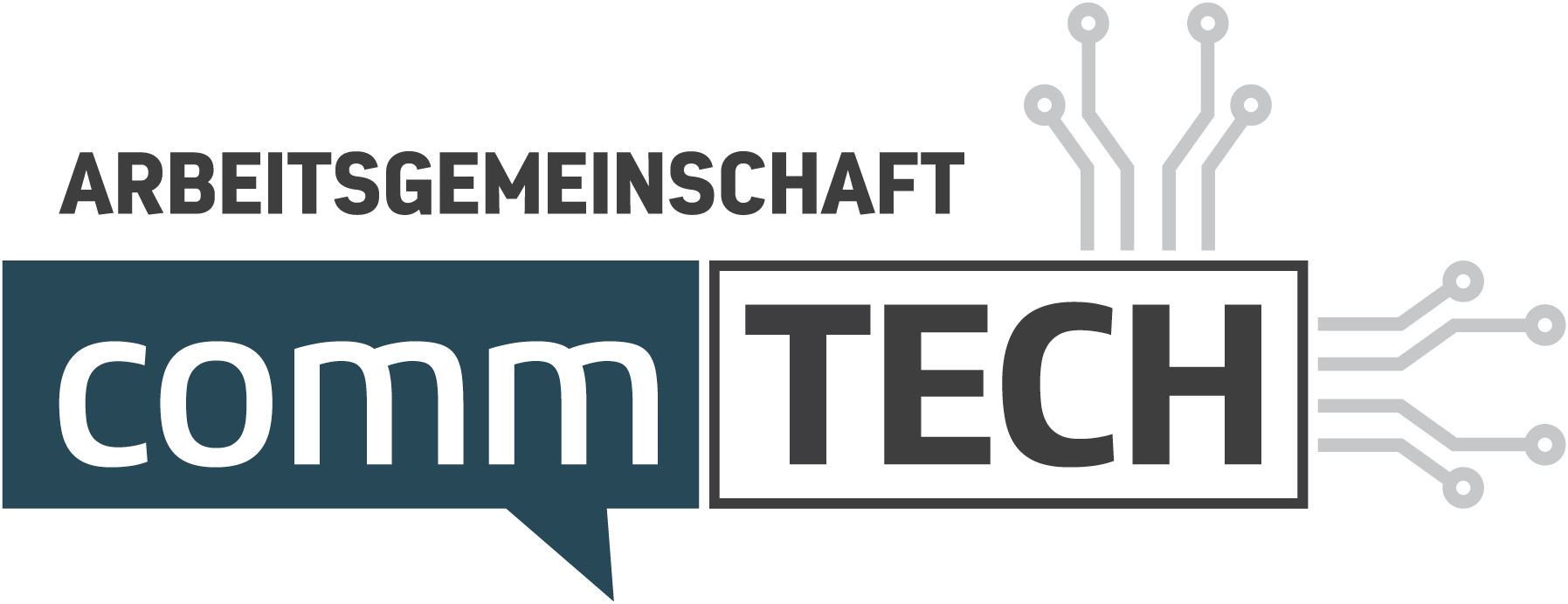- 3. August 2022
- Posted by: Die Redaktion
- Category: NEWS

Digitize communication – here’s how

Author: Thomas Mickeleit
Communication is lagging behind in the digitization of its core processes. This is not a new insight. In the CommTech Blog, Thomas Mickeleit sheds light on the situation and offers six practical tips on how to accelerate digital transformation.
The digitization of processes in communications has been high on the agenda of communications managers for some time. The European Communications Monitor (ECM) survey in 2021 already found this to be the case. There, nearly 90 percent of respondents said that digitization of their stakeholder communications is very important or important to them. Only slightly fewer, around 84%, said the same for their communications infrastructure. At the same time, however, around two-thirds of respondents say they are struggling with the concrete implementation of their digital transformation. The ECM 2022, which was published in June, now provides us with the reason for this (see also the interview with Ansgar Zerfraß on further findings from the study). Surprisingly, it is not technical hurdles, lack of qualifications or insufficient documentation of workflows, but ‘structural barriers’ and here in particular the lack of support from corporate IT.
So the question is how to overcome these barriers and accelerate transformation projects. Several starting points need to be considered and almost all of them are characterized by a partnership approach.
- The starting point is a master plan for digitizing all relevant processes in communications. From social listening, SEO, media analytics, internal workflows in content planning, production and distribution, community management, knowledge transfer, to name just the most obvious. Having a master plan doesn’t require implementing it in one fell swoop, but rather focusing on the elements that promise quick wins and where the pain is greatest. The approach can be characterized as “think big, start small.”
- Moving media analytics from a traditional clipping service provider to an AI-based system that provides real-time data for strategic placement of communications is a natural entry point. Not least because budgets are available for this anyway. Others, such as editorial planning systems, are also conceivable.
- Looking in the engine room at what other business functions are already using prevents reinventing the wheel and helps avoid costs. Often tools are already used in marketing, e.g. in social listening or for customer relationship management, which can also be used for communication. Breaking down the silos at the point and acting in partnership is the order of the day!
- IT plays the decisive role in this context. The bitter truth is: communication is usually not on the radar of the IT function, whose resources are tied up in multi-million dollar projects (such as SAP, IIoT or AI). The first step is to get a picture of the company’s IT strategy in the first place. What role do cloud-based applications, for example, play, which solutions, which hyperscalers are used, and what requirements does IT have for handling data in this context? It is not uncommon for applications relevant to communications to have already been ‘purchased’ in large license packages, but not rolled out. This applies, for example, to collaboration tools such as Microsoft Teams, Yammer or Power-BI as an analysis and visualization tool, just to give an idea of where to start. Communication usually does not know about this and is not asked.
Therefore, communication needs to actively approach IT, identify their contact person to get full transparency on IT’s plans. Projects, applications that are not covered by the IT strategy, you do not bring through the door. Projects covered by the strategy – depending on the IT funding model – also have the chance of being funded from central pots.
- Collaborate with IT and create a win-win situation. This may lie in the implementation of the “master plan” as a flagship transformation project (doesn’t always work!) or more likely: IT lacks internal and external visibility – and this is where communication can help.
Practicalapproaches to this were discussed with Richard Tigges (Audi) and Jörg Forthmann (IMWF) in the IMWF/CommTech webinar “Digitalizing communication, that’s how” on July 26, 2022. The recording of the webinar can be accessed here.

